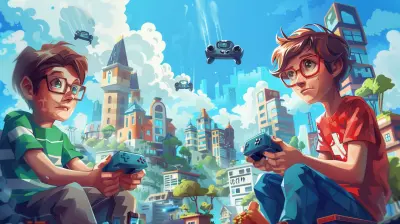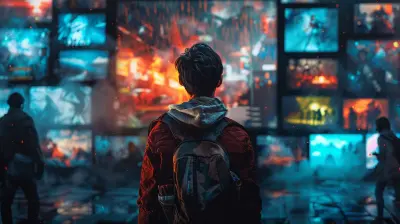The Narrative Power of Music and Sound Design in Games
20 August 2025
Have you ever played a game that gave you chills just because of the music? Or maybe a sudden creak of a door in a horror game made you jump out of your seat? That, my friend, is the power of music and sound design in games. It’s not just about background noise or catchy tunes—it's storytelling in its most invisible yet impactful form.
In this article, we’re diving deep into the world of game audio to uncover how it shapes narratives, enhances immersion, and even tugs at your heartstrings. So buckle up, pop in some headphones (just for the mood), and let’s jam!

What’s the Big Deal About Game Audio Anyway?
Okay, let’s start with a simple question. What makes a story memorable?Sure, characters, plot, and setting play their parts. But sound... oh boy, sound is like the secret sauce that brings everything together.
Imagine watching your favorite movie on mute. Weird, right? Now apply that to a game you love. Without music or sound effects, you’d lose half the magic. Game audio is more than just filler—it’s a storytelling tool.
And the best part? You often don’t even notice it consciously. It weaves into the background, sets the tone, and guides your emotions without screaming for attention.
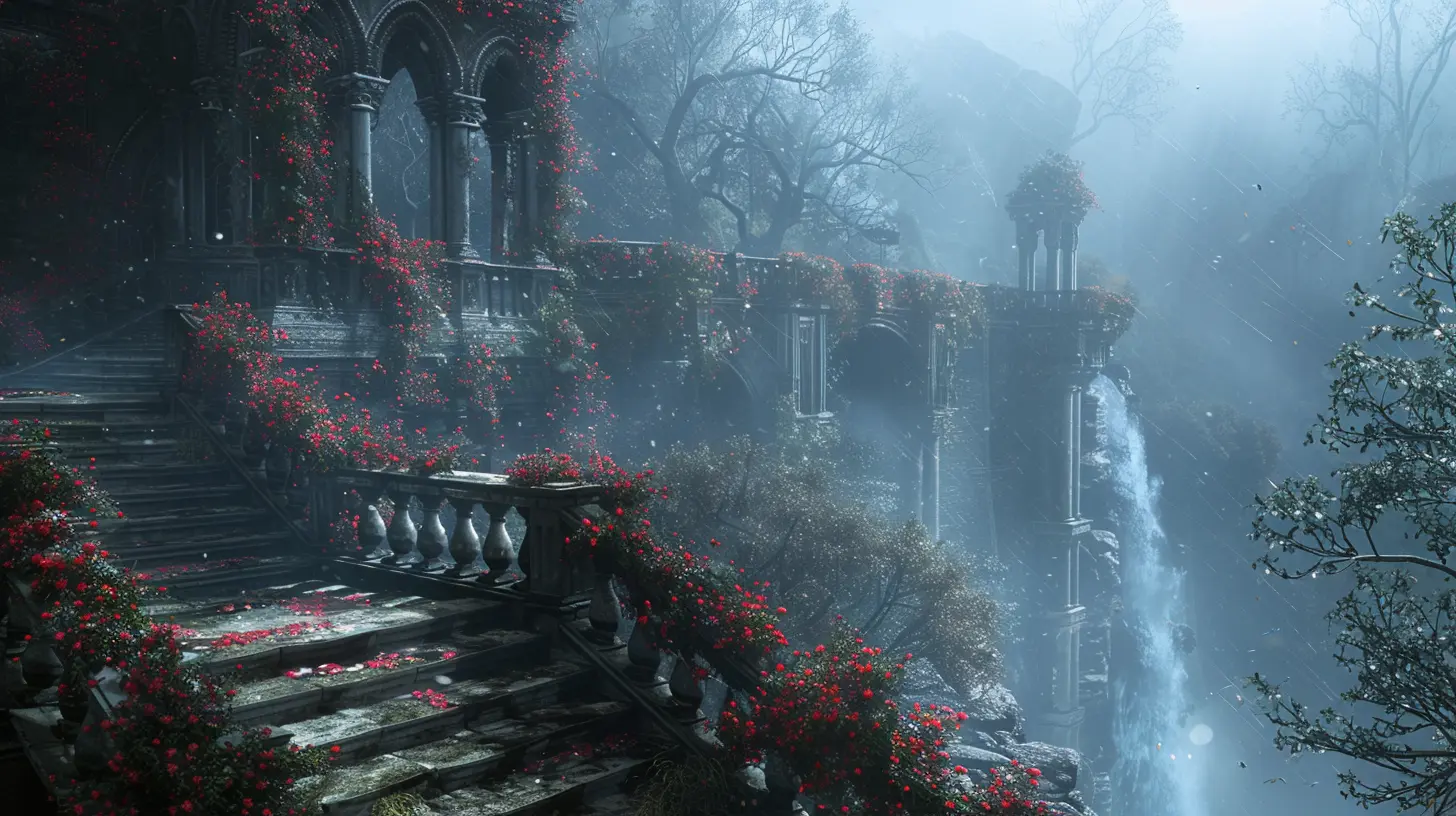
Music: Your Emotional Co-Pilot
Let’s talk music first. Video game music isn’t just meant to be pleasant—it’s emotional glue. It binds moments together and tells you exactly how to feel in any given situation.Emotional Cues That Hit You Right in the Feels
Do you notice how your heart races when a fast-paced track kicks in during a boss fight? Or how a slow, tear-jerking piano melody makes you put your controller down just to process feelings?Developers know that music can convey what words and visuals sometimes can’t. It helps deliver emotional highs and lows with pinpoint accuracy.
Take the “Zelda” series as an example. That iconic theme? It screams adventure. And how about the haunting piano notes in “The Last of Us”? Total gut punch.
Leitmotifs: Musical Storytelling Shortcuts
A leitmotif is basically a recurring piece of music associated with a character, place, or idea. Think of it as an audio name tag.Games like “Final Fantasy” do this brilliantly. You hear a character’s theme song, and bam—instantly, you feel connected. It’s like hearing an old friend’s voice in a crowd.
Leitmotifs help players form emotional bonds and remember key narrative beats. They’re musical breadcrumbs guiding you through the story.
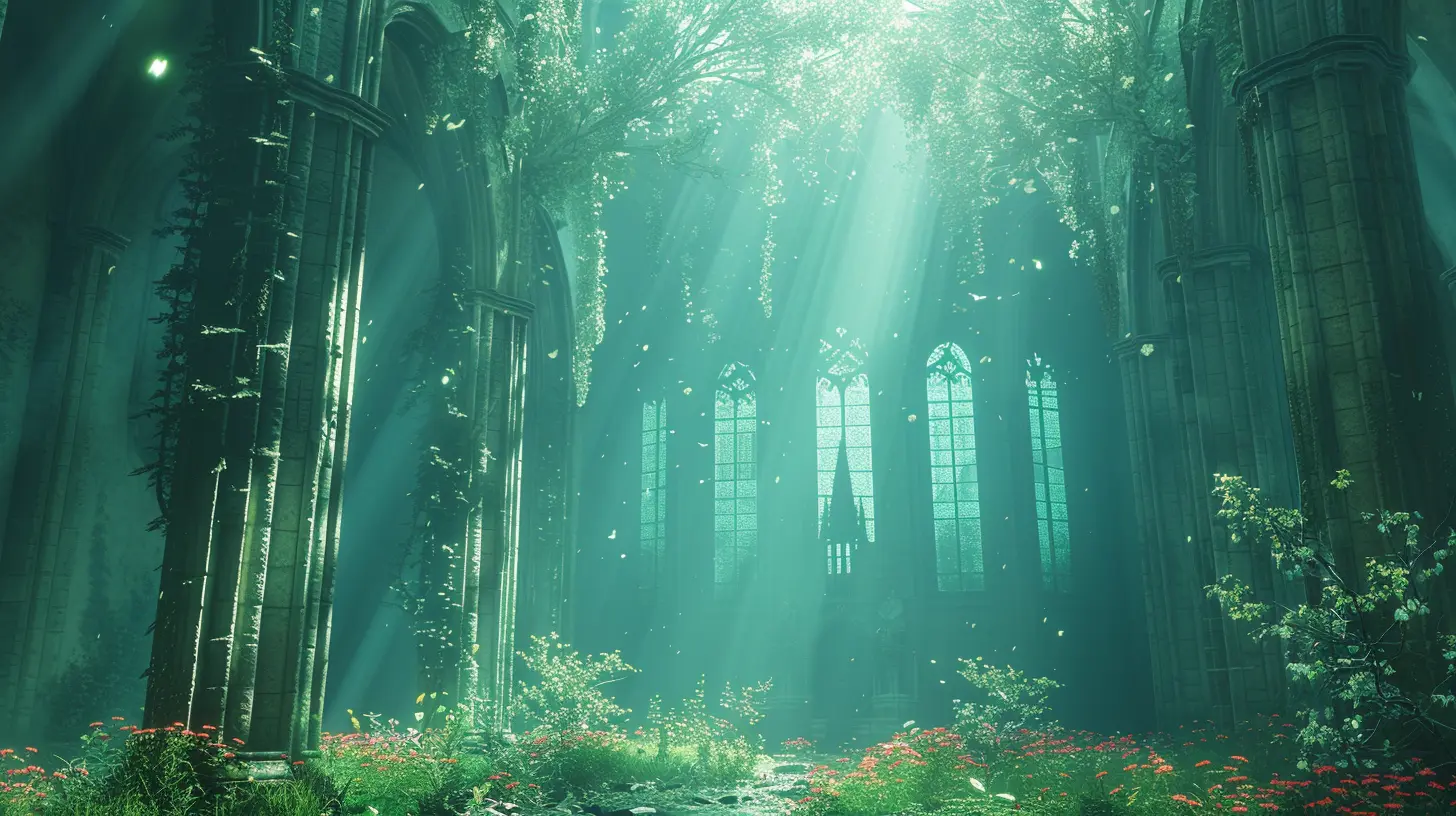
Sound Design: The Unsung Hero
While music takes center stage, sound design plays the crucial supporting role. Sound effects, ambient noise, and even silence work together to create a living, breathing world.Giving Life to Virtual Worlds
Imagine walking through a forest in a game. You hear birds chirping, leaves crunching underfoot, distant rustling—suddenly, the world doesn’t feel so virtual anymore. That’s sound design doing its job.Games like “Red Dead Redemption 2” and “The Witcher 3” use soundscapes so rich and textured that you can almost smell the trees. It makes everything feel real, grounded, and immersive.
Directional Audio and Gameplay Clues
Ever relied on sound to figure out where an enemy’s hiding? That’s not just luck—that’s smart sound design.Many games use spatial audio to let you hear where things are coming from. Horror games like “Resident Evil” master this technique. You hear a faint groan to your left, and suddenly your controller’s shaking because you know something’s coming.
Sound isn't just atmosphere—it’s critical gameplay info.
Silence Speaks Volumes Too
Here’s something wild: silence can be just as powerful as sound. When a game cuts all noise, it’s often for dramatic effect. Think right before a big plot twist or an emotional reveal. That breath-holding moment? It's designed."Inside" by Playdead is a masterclass in using silence. The lack of music or excessive sound adds to the game’s eerie, unsettling atmosphere. It’s proof that sometimes, less really is more.
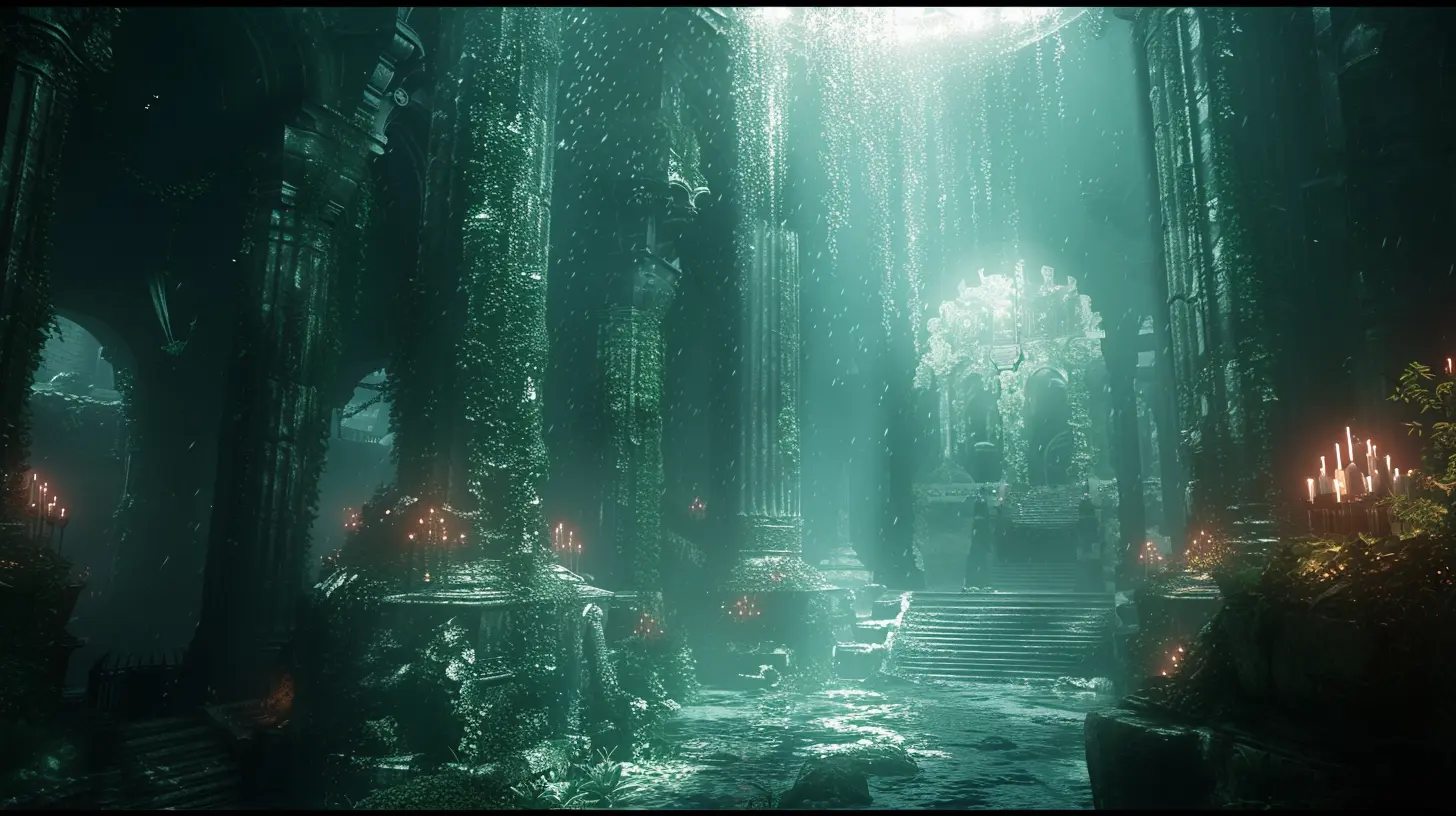
Dynamic Soundtracks: Music That Responds to You
One of gaming’s coolest tricks is dynamic music—tracks that change depending on what you’re doing. It's not just background; it's reactive storytelling.You’re the Conductor of Your Own Symphony
Games like “DOOM Eternal” crank things up when you’re fighting and chill out when you're exploring. The music shifts in real time, mirroring your emotions and actions.It’s like the game is vibing with you, reacting to your choices, and personalizing the experience. That’s narrative gold.
Creating Emotional Arcs Through Sound
Dynamic sound doesn’t just follow the action; it follows your character’s arc too. As tension builds or revelations unfold, the audio evolves.For example, in “Journey,” the soundtrack escalates as you progress through the game’s emotional and physical landscapes. It’s subtle but incredibly effective storytelling through sound.
Character Voices: More Than Just Talking
Voice acting has come a long way. What used to be robotic lines now feels as natural as watching a high-budget Netflix drama.Dialogue That Feels Real
When characters speak naturally, with emotion and nuance, it’s easier to care about them. You feel their struggles, joys, and fears—not just because of the script, but how it’s delivered.Games like “God of War (2018)” and “The Last of Us Part II” have set the bar insanely high for voice acting. The performances are cinema-worthy, and they elevate the storytelling massively.
Accents, Tone, and Personality
Voice work also gives characters their unique flair. A sarcastic comment, a nervous stutter, or a soothing tone can add layers to their personality without needing extra dialogue.It’s like hearing a song and instantly knowing the mood—our brains are wired to respond to vocal tones.
How Sound Builds Worlds We Remember
Let’s not forget how unforgettable game worlds are often tied directly to their soundtracks and sound design.Can you separate “Skyrim” from its majestic score? Or “Minecraft” from its peaceful ambient tracks? Nope. Audio helps build worlds that live rent-free in our minds.
Sound creates memory anchors. Just hearing a song or effect from a game can transport you back to a specific moment. It’s nostalgia packed into a single note.
Accessibility Through Sound
Game audio isn’t just about immersion—it plays a huge role in accessibility too.Audio Cues for Inclusive Gameplay
Many developers now include detailed audio cues for players who are blind or visually impaired. Games like “The Vale” are fully audio-driven, crafting an entire experience through sound alone.It’s amazing how inclusive game design becomes when developers prioritize sound.
Game Audio Is a Team Effort
Behind every breathtaking soundtrack or chilling jump scare is a team of sound wizards—composers, Foley artists, audio programmers, and voice actors—who pour their passion into every click, thud, and melody.Don’t forget: every footstep you hear and every music swell you feel has been crafted with care. It's as much a part of game development as coding and art direction.
The Future of Game Sound: Where It’s Headed
With tech like 3D audio, AI-generated scores, and even haptic sound (feeling sound through controllers), the future of game audio is stupidly exciting.Games are already experimenting with audio that adapts not just to gameplay but to your emotional state. Imagine a game that senses your stress and plays calming music to balance it out—sci-fi? Maybe. But also, maybe not.
As hardware and software evolve, the narrative power of music and sound design will only grow stronger.
Final Thoughts: Tune Into the Story
Next time you boot up a game, don’t just look at what’s happening—listen. Pay attention to how the music makes you feel, how the sounds guide you, and how silence can say so much.Music and sound design aren’t just parts of the gaming experience—they ARE the experience. They tell stories your eyes can’t see and your heart can’t ignore.
So whether you're slaying dragons, solving puzzles, or wandering the ashes of a post-apocalyptic world, know this: in the background, the true storytellers are playing the score to your adventure.
🎮🔊 Turn it up and let the story begin!
all images in this post were generated using AI tools
Category:
Game NarrativesAuthor:

Greyson McVeigh
Discussion
rate this article
1 comments
Dax McPhail
Music and sound shape emotions, enhancing storytelling and deepening player immersion.
September 23, 2025 at 4:02 AM

Greyson McVeigh
Absolutely! Music and sound design are crucial in gaming, as they evoke emotions and enrich the narrative experience, drawing players deeper into the story.
